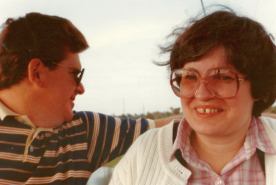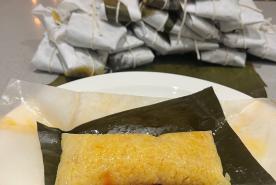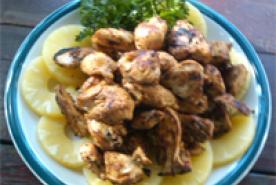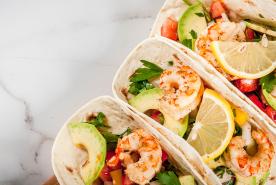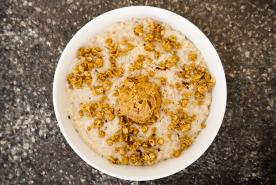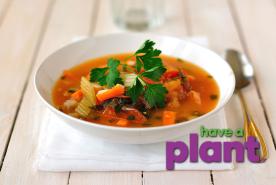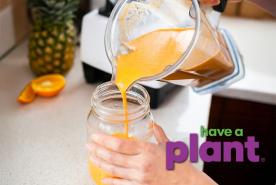August 09, 2022
Adjusting to fluid restrictions can be difficult, but with the right support and mindset, we know you'll be able to create new routines to help you follow your fluid prescription.
Here's how.
Remember why it's important to follow your fluid prescription
Since kidneys can no longer balance fluids in the body, fluids can build up and cause problems like difficulty breathing and swelling. However, following your fluid prescription can help you avoid fluid overload and feel better. Drinking the right amount while on dialysis can also lower your risk of
- low blood pressure
- cramping
- stress on the heart
Divide your fluid allowance
Avoid temptation by dividing out your fluid allowance for the day. For example, a fluid prescription of 32 ounces divided by four would allow you to drink 8 ounces at 10 AM, 2 PM, 6 PM, and 10 PM. Speak with your dialysis team about what schedule works best for you.
If dividing your fluids isn't working out, try keeping track of it. Either dedicate a notebook to this task or download H2Overload, an app designed for people who need to limit their fluid intake, especially those with hyponatremia, kidney failure, or heart disease.
Find appropriate replacements
It’s always a good idea to have a few thirst-quenching options available should a craving strike. Here are a few of our favorites.
- Mouthwash and hard candies, like mints or sour balls, can stimulate saliva and reduce the intensity of the thirst.
- Ice cubes are an excellent bang for your buck because water expands when frozen, so an ice cube is about half the water by volume. One ice cube tray holds about 2 cups of water. If ice cubes are too hard for you to chew, try freezing 100% fruit juice without any added sugar.
- Frozen fruits like grapes, blueberries, or strawberries make satisfying snacks between meals instead of drinking.
Find dialysis-friendly recipes.
Use less sodium
The body needs salt to balance water, but too much may cause thirst, fluid gain, high blood pressure, and discomfort during dialysis. Using less sodium in your diet can help control cravings and avoid these problems.
- Substitute salt with spices and herbs like fresh garlic, fresh onion, garlic powder, onion powder, black pepper, lemon juice, and vinegar.
- Read food labels and choose those low-sodium foods. A quick tip: If salt is listed in the first five ingredients, the item is probably too high in sodium to use.
- Ask restaurants to prepare food without salt and for sauces to be served on the side.
If you need to limit potassium, check salt substitutes and specialty low-sodium foods before purchasing, as many are high in potassium.
Contact a kidney dietitian in your area for more nutrition guidance.
Get support
New fluid restrictions and dialysis can be overwhelming and scary, but you don't have to go through it alone. NKF Peers can help. Our trained mentors have lived well on dialysis and can provide much-needed support, hope, and guidance to help you form new habits.


